Why is coffee astringent? Where does the astringency of coffee come from? The skill of making coffee by hand
Professional coffee knowledge exchange More coffee bean information Please pay attention to coffee workshop (Weixin Official Accounts cafe_style)
Sometimes when we drink coffee, there will be a coffee is not smooth feeling, this very annoying feeling is usually referred to as "astringency". So the question is, where does the bitterness come from? How can we avoid the astringency when brewing?
| astringent
In fact, astringency exists in many things, such as tannic acid in red wine, catechin in tea, and chlorogenic acid in coffee. Chlorogenic acid and caffeine are mainly products of plants reacting to environmental changes, so the amount of chlorogenic acid content also reflects the growth status of a green bean.
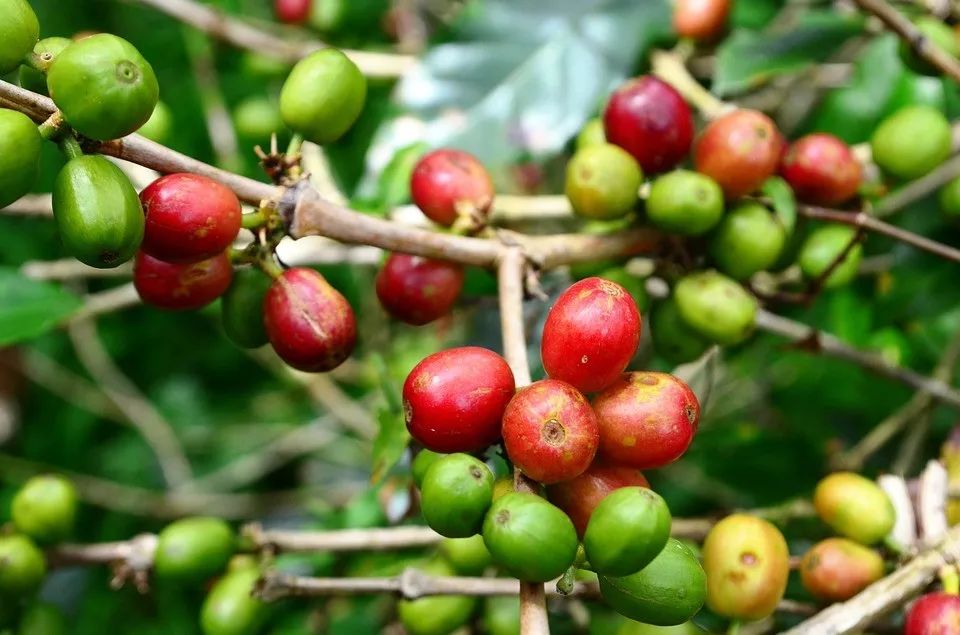
The appearance of astringency usually has several situations:
1, coffee fruit is not mature enough has been harvested and processed;
2. The dehydration during baking is incomplete and the baking is uneven;
3, mixed with defective beans, such as moth-eaten beans, immature beans;
4. Parameters and techniques when brewing.
However, astringency is not all bad, we will also divide astringency into good astringency and bad astringency.
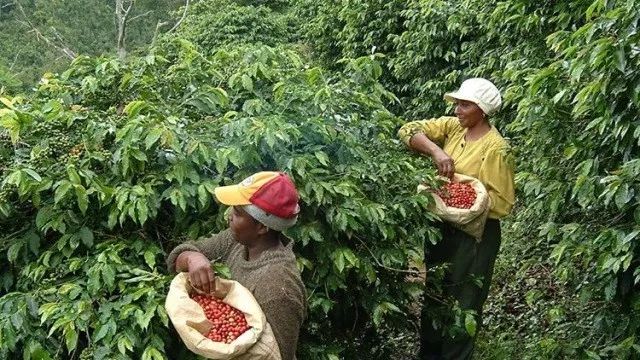
Negative astringency can reveal flaws in coffee quality, astringency produced during coffee cultivation or processing, which is difficult to reverse. For example, coffee fruits are mixed with leaves when picking, or the fruits are not ripe enough to be picked; in the roasting stage, improper roasting and uneven roasting are also one of the causes of astringency.
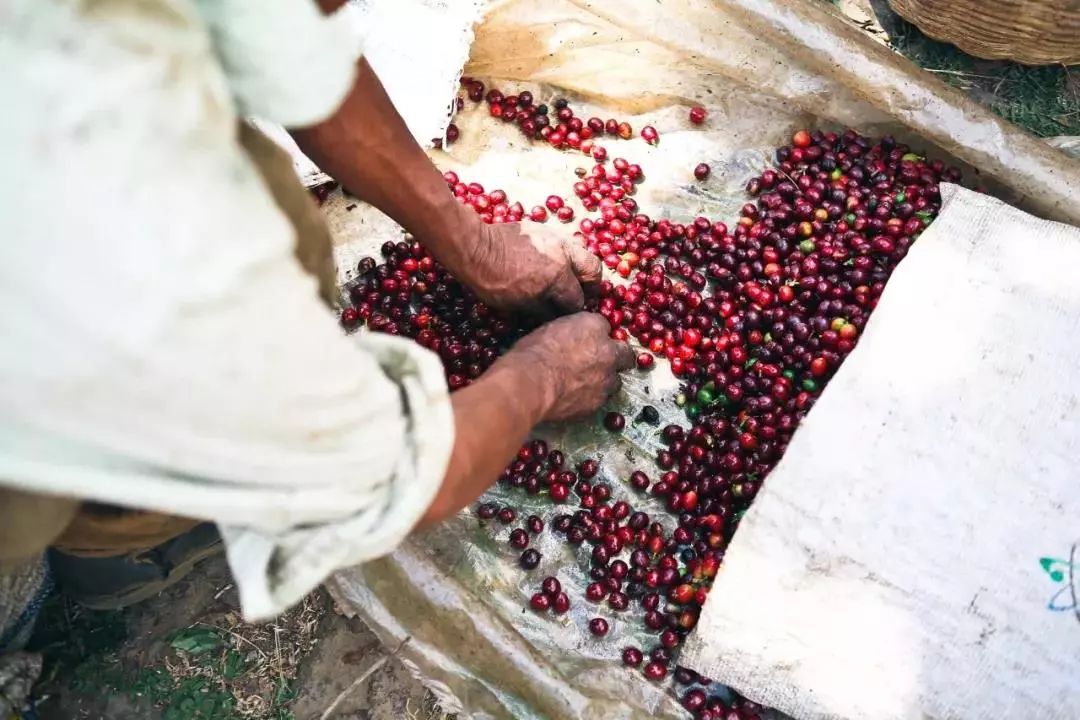
But even carefully picked and selected coffee beans will have a certain astringency within a few months after processing. The right amount of astringency enriches the coffee's layers and makes the coffee taste last longer. If bitter can return to sweet, astringent can produce body fluid, high-quality bitter taste is sometimes a symbol of coffee quality.
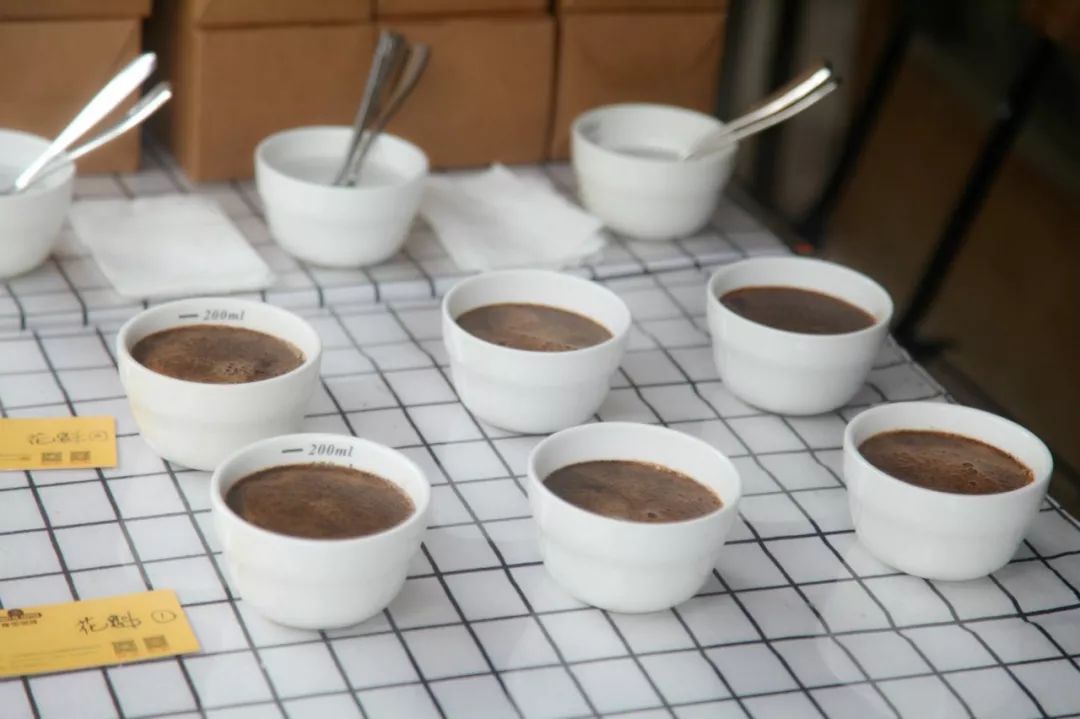
From past experience, the earliest beans of the new season each year usually have a certain degree of astringency when they are tested in the cup, and this performance just means that the beans are fresh enough. These freshly processed coffee beans generally take 3 to 4 months before the astringency completely fades, so when tasting these new season coffee beans, the astringency is evidence of the freshness of the coffee beans.
What causes coffee to taste bitter?
If there is no problem with baking, it may be mixed with defective beans or problems with brewing parameters and techniques.
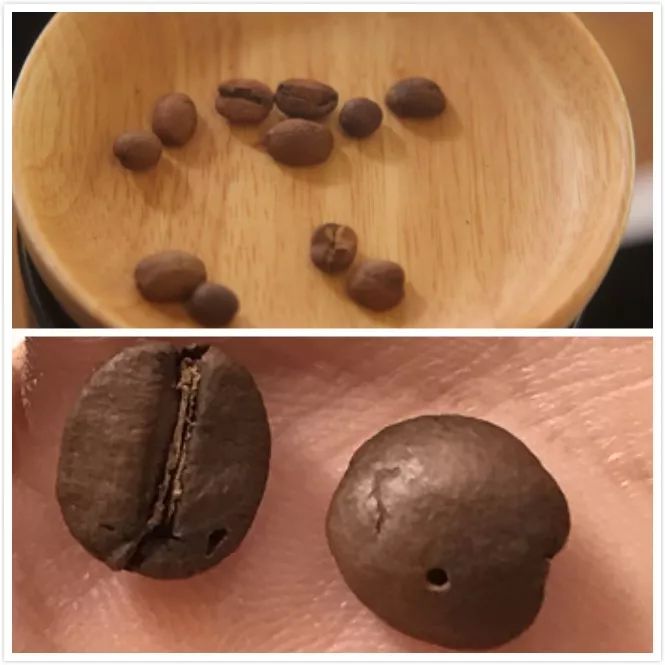
So, pick out the defective beans before brewing! Be sure to pick the defective beans! Be sure to pick the defective beans!
The main reasons for astringency are over-extraction and uneven extraction, resulting in partial over-extraction and partial under-extraction.
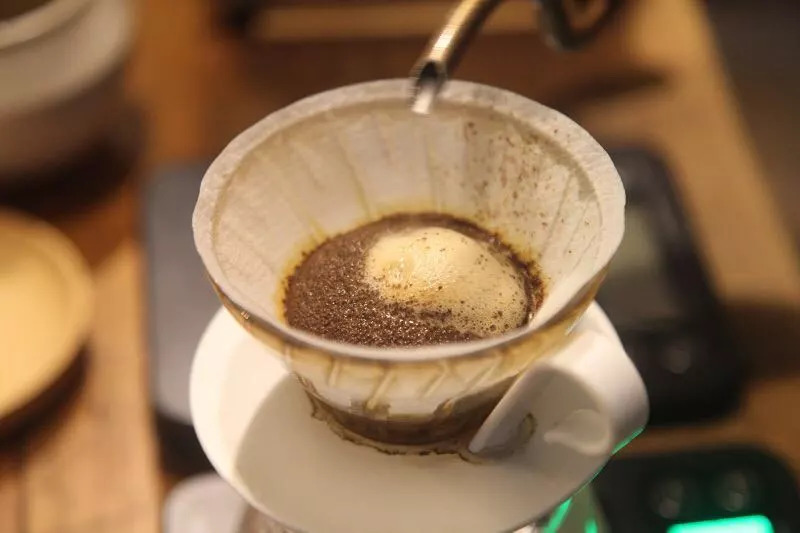
Coffee beans contain only 30% of the total substance in water-soluble substances, the remaining 70% is composed of insoluble fiber and carbohydrates. About 20% of the water-soluble substances give coffee a good flavor, while 10% of the soluble substances give it a terrible taste. Over-extraction can lead to unacceptable bad flavors in coffee being extracted and turned into a tongue-tingling bitterness.
| overextraction
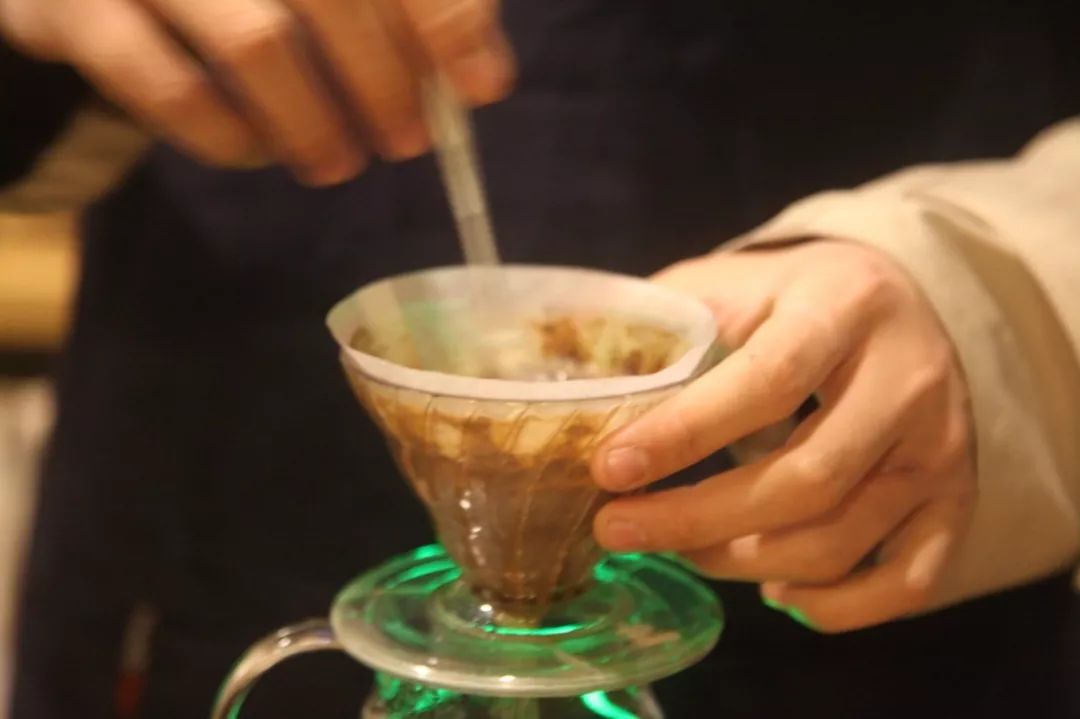
Over-extraction is mainly due to the bitter taste of the tail section, the bitterness of impurities extracted, the high water temperature (or the heat source continues to heat the water temperature), the grinding is too fine or the ultrafine powder is too much, and too much stirring will lead to over-extraction. Sometimes we wait for the water droplets in the filter cup to go down for a few seconds.
| heterogeneous extraction
Uneven extraction will mainly cause flavor imbalance, sour taste caused by excessive acidity, stuffy steaming and brewing process of uneven water supply will lead to partial extraction of coffee powder uneven part of the situation appears.
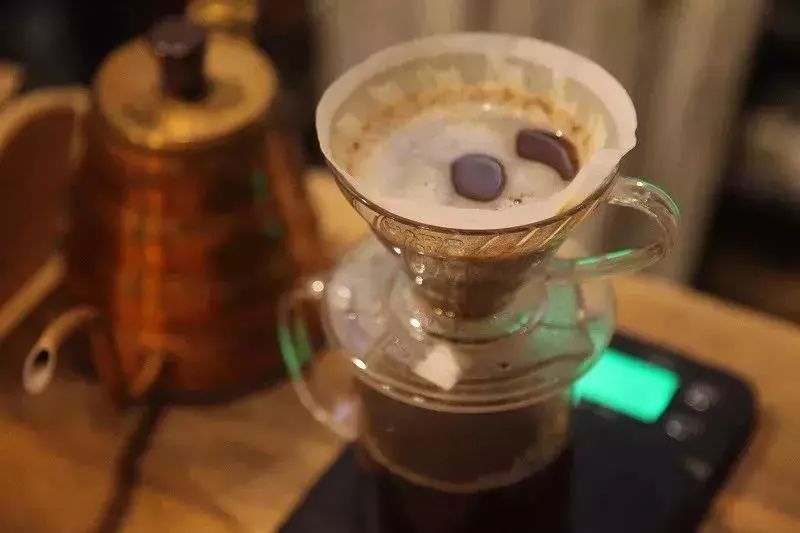
Uneven water supply means that the water column is suddenly fine and thick, the circle is not round, and the water injection is asymmetric. The consequence is that the water overflows in the place where there is more water injection and penetrates the filter paper; the coffee powder cannot be completely wetted in the place where there is less water, and the steam-stewing effect is greatly reduced. Finally, when water injection is used for extraction, partial extraction is excessive, partial extraction is insufficient, flavor is chaotic, and astringency is easy to occur.
[Tips]
How to distinguish astringent feeling, tea feeling and dryness feeling?
astringent feeling, is a kind of touch or pain, small editor thinks this is a kind of slippery touch, there is a kind of dust, rustle feeling. The astringency and smoothness are the two major tastes of coffee. The astringency will be deducted during the cup test, while the smoothness will be added.
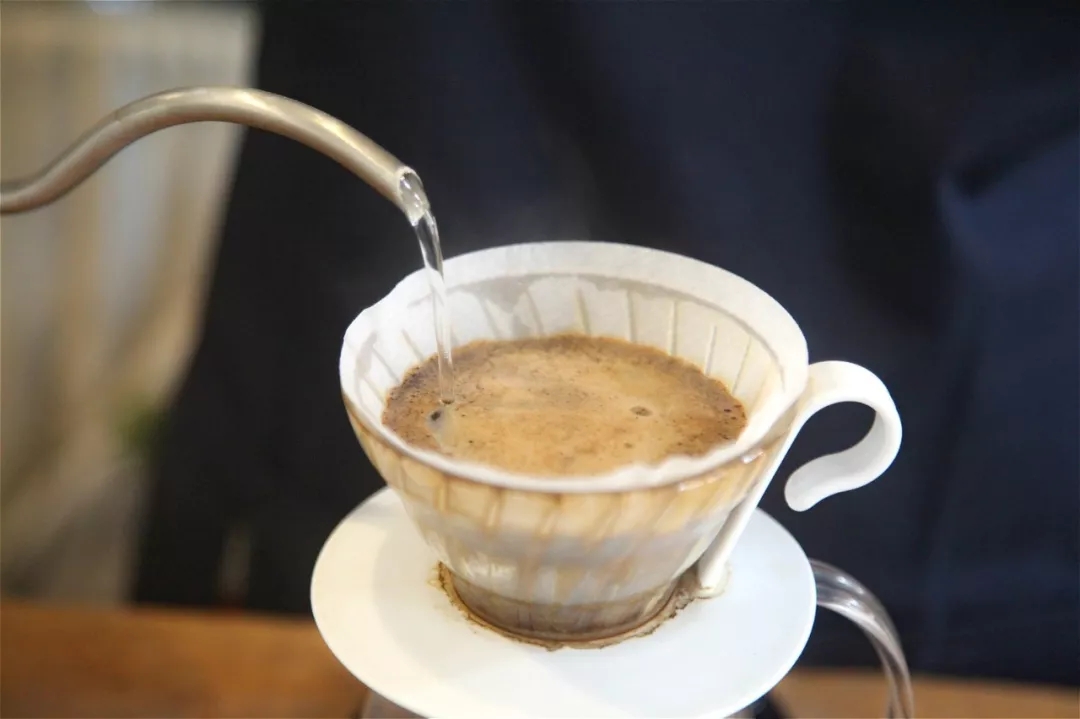
astringent feeling, not equal to tea feeling, astringent feeling understood as tea feeling, because some people think tea also bitter, but some green tea drink up there is no bitter taste, fresh sweet feeling is strong, as long as the correct brewing method and water temperature, drink up completely do not feel bitter taste, and very smooth. For example, we often drink the flavor of green tea in rose summer, correctly extracted tea feeling but no astringent taste, similarly, drink black tea in Sidamo, Costa Rica black honey drink oolong tea flavor, this tea feeling is slightly bitter, in the mouth aftertaste long, sweet gradually more bitter, finally sweet end.
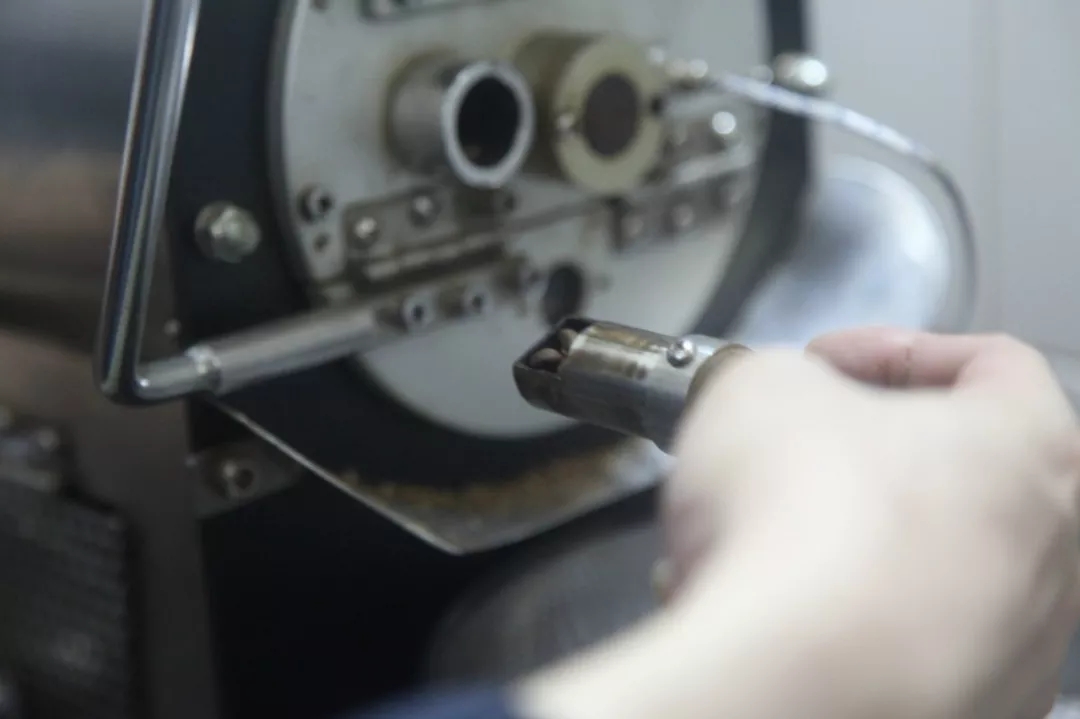
Dry feeling, generally speaking, after the coffee intake, dry feeling appears when drinking coffee, which will make the throat uncomfortable and cause a dry feeling in the throat, usually called "dry", tea also has this saying, also known as "throat lock". Dryness is mostly due to the freshness of the beans or to uneven dehydration during baking.
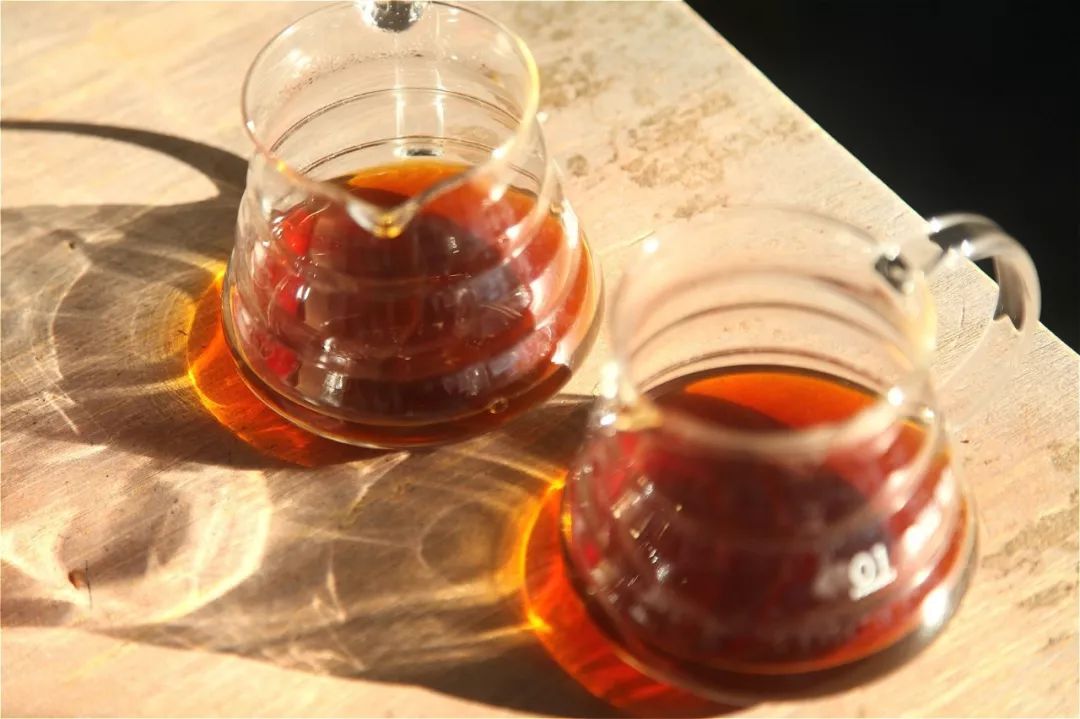
Usually in the brewing process if there is a astringent feeling, may wish to first feel whether it is bitter or sour? If it is bitter, it may be because there are too many extracted substances, you can try to adjust the brewing parameters, or remove the tail section; and if it is sour, perhaps because the extraction is uneven, then you need to see if there is room for improvement in the brewing method!
Important Notice :
前街咖啡 FrontStreet Coffee has moved to new addredd:
FrontStreet Coffee Address: 315,Donghua East Road,GuangZhou
Tel:020 38364473
- Prev
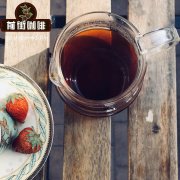
Do you know the three principles of making coffee by hand? is it good to make coffee by hand? look here.
Professional coffee knowledge exchange more coffee bean information please pay attention to the coffee workshop (Wechat official account cafe_style) hand brewing skills | hand brewing coffee three principles, so that the fun and charm of hand brewing coffee is that you can use a convenient and easy way to brew coffee, in fact, the editor does not understand it from the very beginning, but also through reading, learning, brewing experiments, roots
- Next
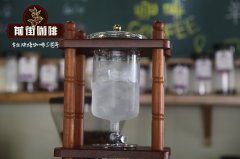
What's so special about Starbucks' cold coffee? how to make cold coffee at home?
Professional coffee knowledge exchange more coffee bean information please follow the coffee workshop (Wechat official account cafe_style) the hot cold extracted coffee in the past two years, slow low temperature extraction makes the coffee more mellow, less caffeine, about two weeks, the coffee has been fermented, and even a faint wine aroma! What is the practice and proportion of cold extract coffee? let's learn to make Starbucks cold extract coffee.
Related
- Beginners will see the "Coffee pull flower" guide!
- What is the difference between ice blog purified milk and ordinary milk coffee?
- Why is the Philippines the largest producer of crops in Liberia?
- For coffee extraction, should the fine powder be retained?
- How does extracted espresso fill pressed powder? How much strength does it take to press the powder?
- How to make jasmine cold extract coffee? Is the jasmine + latte good?
- Will this little toy really make the coffee taste better? How does Lily Drip affect coffee extraction?
- Will the action of slapping the filter cup also affect coffee extraction?
- What's the difference between powder-to-water ratio and powder-to-liquid ratio?
- What is the Ethiopian local species? What does it have to do with Heirloom native species?

